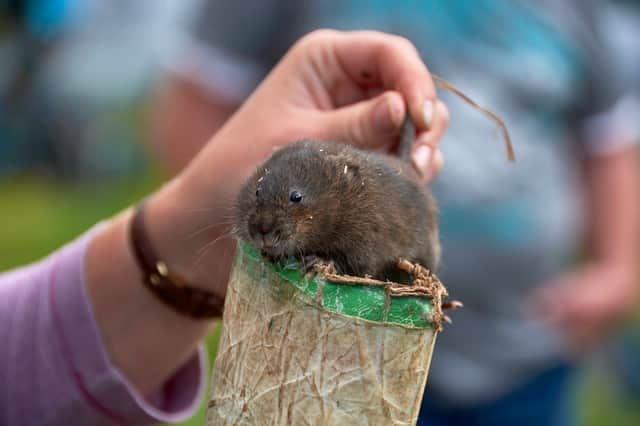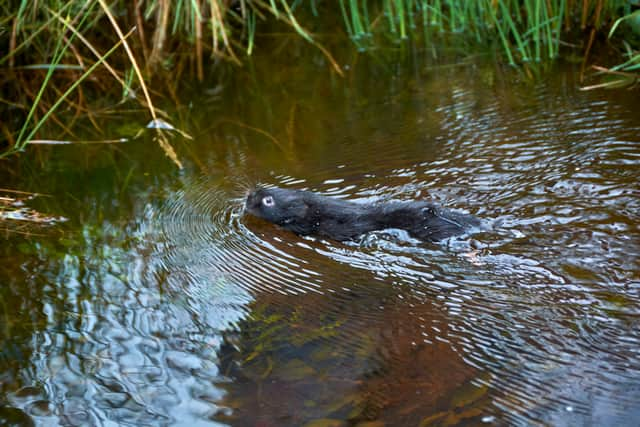The voles are back in town: hundreds of endangered water voles reintroduced to Lake District National Park
and live on Freeview channel 276
Hundreds of endangered water voles are now calling the Lake District's rivers and wetlands home once more, as years of work by landowners and conservation groups finally pay off.
Once a common sight in the UK's rivers, water voles have all but vanished from 94% of the sites they once called home. Their numbers have fallen from eight million to just 132,000 over the last century - making them Britain's fastest declining mammal.
Advertisement
Hide AdAdvertisement
Hide AdThey had disappeared completely from the Lake District, but this week 204 of the endangered aquatic rodents were released at Cumbria's Haweswater, joining 161 others released at nearby Lowther Estate.
It comes after sweeping efforts by environmental organisations and landowners, who joined forces to recreate suitable habitats for the water-loving voles - and address some of the problems that caused them to disappear in the first place.


According to the Eden Rivers Trust, one of the key partners in the project, some of the reasons the voles disappeared from the national park included habitat loss, pollution, and their nemesis - the invasive American mink.
The Trust also had to work with water vole ecology specialists to find the perfect spots to release them, and create a population of captive-bred voles that were close to the genetic make-up of the voles that once lived in Cumbria's waters.
Advertisement
Hide AdAdvertisement
Hide AdSpecies and habitat officer Dave Greaves said bringing them back was a long journey, involving a lot of different parties working together. “The conditions must be right to successfully reintroduce water voles and a wide range of partners have worked closely with us to get to this point".


Lowther Estate, the Royal Society for the Protection of Birds (RSPB), and United Utilities had made huge efforts to landscape-scale river restoration, he said, which created enough river and wetland habitats for water voles to thrive.
"Secondly, control of invasive, non-native American mink had to be in place as they kill water voles and other native wildlife. Water voles didn’t co-evolve with American mink, and so lack strategies to avoid predation," Mr Greaves continued.
"We now have a more effective and efficient way of controlling mink - working with landowners and the local community so that the water voles stand a better chance of survival."
Advertisement
Hide AdAdvertisement
Hide AdJim Bliss of Lowther Estate said they were proud to play a part in helping to reintroduce "this adorable and much-loved species back to our northern landscape".
"For the first time in around 400 years, beavers and water voles can begin to live alongside each other in Cumbria," he said.
RSPB's Cumbria area manager David Morris said it had involved 12 years of dedicated landscape recovery work at their end, alongside United Utilities.
"Now, working more widely with our neighbours... we have created an environment where we can support the revival of this endangered species, establishing a population that can disperse across the wider landscape, contributing to a resilient ecosystem that benefits both nature and people.”
Comment Guidelines
National World encourages reader discussion on our stories. User feedback, insights and back-and-forth exchanges add a rich layer of context to reporting. Please review our Community Guidelines before commenting.
